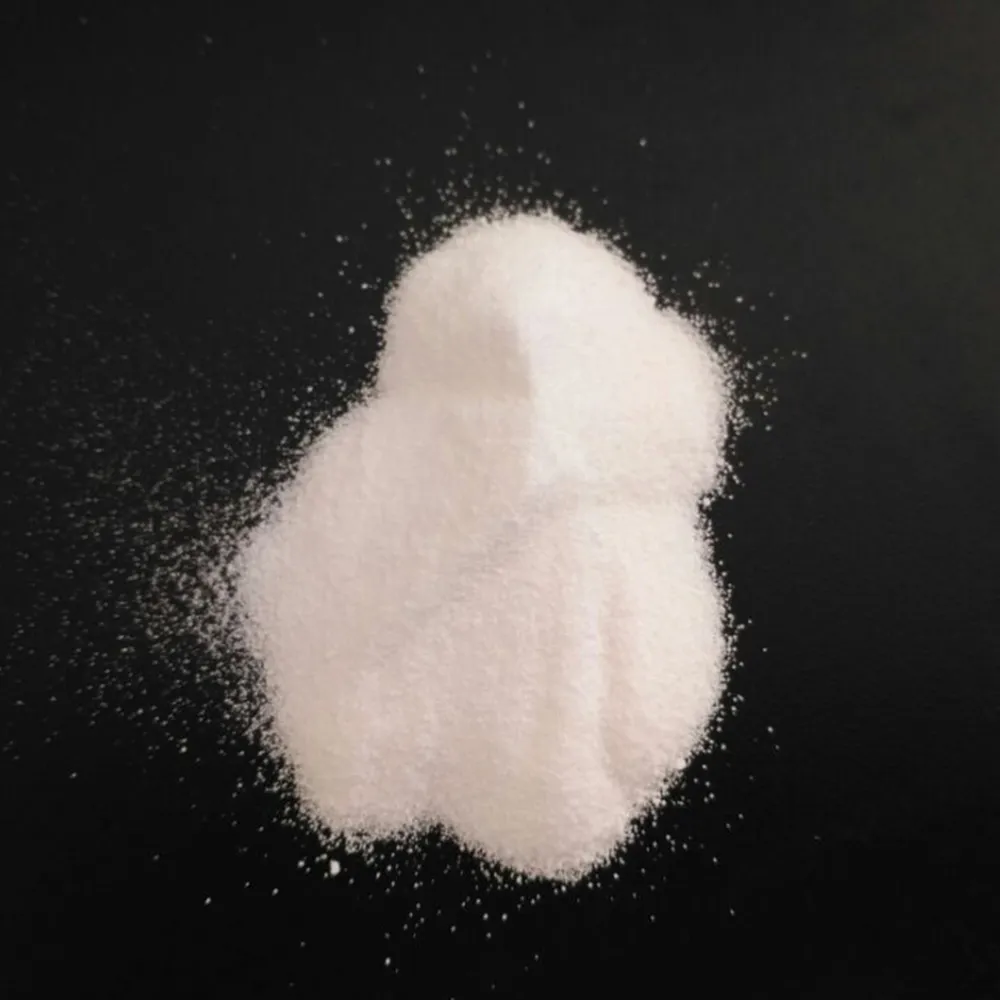



Ensuring Safe Handling and Packaging of Sodium Chlorate
Sodium chlorate is widely used in industrial applications, particularly in water treatment, due to its powerful oxidizing properties. In the context of hospital wastewater treatment, sodium chlorate naclo3 has proven to be an effective chemical for disinfecting wastewater, reducing harmful pathogens, and improving the overall treatment process. However, handling and packaging this chemical requires great care due to its reactive nature.

Understanding the Role of Sodium Chlorate in Water Treatment
Sodium chlorate is a key component in the arsenal of water treatment products. Its strong oxidative capabilities make it highly effective in breaking down contaminants found in wastewater. This is especially important in hospital wastewater, which may contain dangerous pathogens, pharmaceutical residues, and other harmful substances. By using chemicals used in wastewater treatment like sodium chlorate naclo3, hospitals can significantly reduce the contamination risk in the discharge water, thus safeguarding public health and the environment.
The introduction of sodium chlorate into water purification processes requires an understanding of its chemical properties and how it interacts with other substances. As it is highly reactive, proper storage and handling procedures are essential to prevent accidents and ensure that it works effectively as a disinfectant.
Safe Handling of Sodium Chlorate for Effective Water Purification
When it comes to handling industrial water treatment chemicals like sodium chlorate naclo3, safety is the highest priority. Due to its potential to react with organic materials, heat, or other chemicals, it is crucial to store sodium chlorate in a controlled environment. Containers used to store sodium chlorate should be non-reactive and stored in cool, dry locations away from flammable or combustible materials.
Workers handling sodium chlorate naclo3 should wear appropriate personal protective equipment (PPE), including gloves, safety glasses, and chemical-resistant clothing. Regular safety training is essential for employees working in environments where this chemical is used to ensure they understand the risks and safety measures associated with it. Additionally, proper ventilation is required to prevent the accumulation of any toxic fumes that may be released during the handling process.
The Importance of Proper Packaging for Sodium Chlorate
Packaging is another critical aspect of safely using sodium chlorate naclo3 in water treatment applications. Packaging must be designed to prevent contamination, leaks, or reactions with moisture or other substances. Specialized containers made of high-density polyethylene (HDPE) or similar materials are often used to store sodium chlorate to ensure that it remains stable during transit and storage.
For larger shipments of water purification chemicals, the packaging should be sturdy and secure, with clear labeling to indicate the contents and safety instructions. Proper packaging ensures that sodium chlorate is protected from environmental conditions that could compromise its effectiveness or safety. This also allows for better handling when it's time to transport the chemical to hospitals or wastewater treatment facilities.
Regulations and Standards for Sodium Chlorate Storage and Handling
To ensure the safe handling and storage of sodium chlorate naclo3, strict adherence to regulatory standards is essential. Various organizations, such as the Occupational Safety and Health Administration (OSHA) and the Environmental Protection Agency (EPA), provide guidelines and regulations that govern the safe use of chemicals like sodium chlorate.
Facilities that handle chemicals used in wastewater treatment must comply with local, state, and federal regulations to mitigate risks and avoid environmental harm. Regular inspections and audits help ensure that best practices are followed in terms of storage, packaging, and handling procedures. Compliance with these standards not only protects workers but also ensures that water treatment products meet their intended effectiveness.
The Role of Sodium Chlorate in Sustainable Water Treatment Practices
As hospitals and other industries seek more sustainable water treatment solutions, sodium chlorate naclo3 has emerged as a key chemical in environmentally responsible wastewater management. By integrating sodium chlorate into hospital wastewater treatment systems, facilities can ensure that they are effectively eliminating harmful pathogens and pollutants, thus reducing their environmental footprint.
By adopting safe handling and packaging protocols for industrial water treatment chemicals, hospitals can safely implement sodium chlorate naclo3 in their water purification processes. This approach not only benefits public health but also supports the global initiative to improve sustainability in industrial water treatment.
As water treatment products continue to evolve, the importance of safe chemical handling and packaging will only grow. Ensuring that sodium chlorate naclo3 is handled with care will help maintain its potency and reliability, providing a cleaner environment and better outcomes for public health.
-
Why Sodium Persulfate Is Everywhere NowNewsJul.07,2025
-
Why Polyacrylamide Is in High DemandNewsJul.07,2025
-
Understanding Paint Chemicals and Their ApplicationsNewsJul.07,2025
-
Smart Use Of Mining ChemicalsNewsJul.07,2025
-
Practical Uses of Potassium MonopersulfateNewsJul.07,2025
-
Agrochemicals In Real FarmingNewsJul.07,2025
-
Sodium Chlorite Hot UsesNewsJul.01,2025










